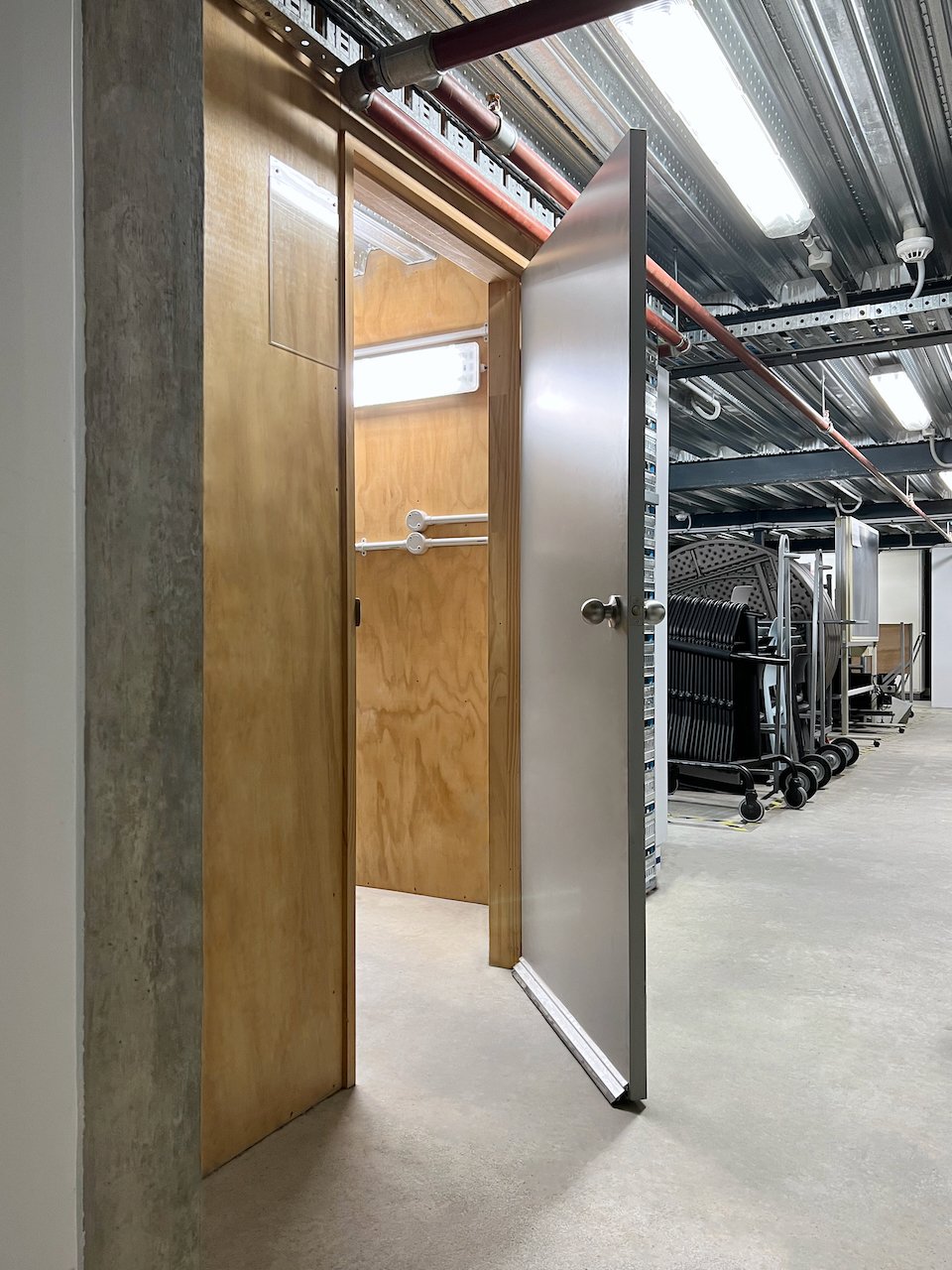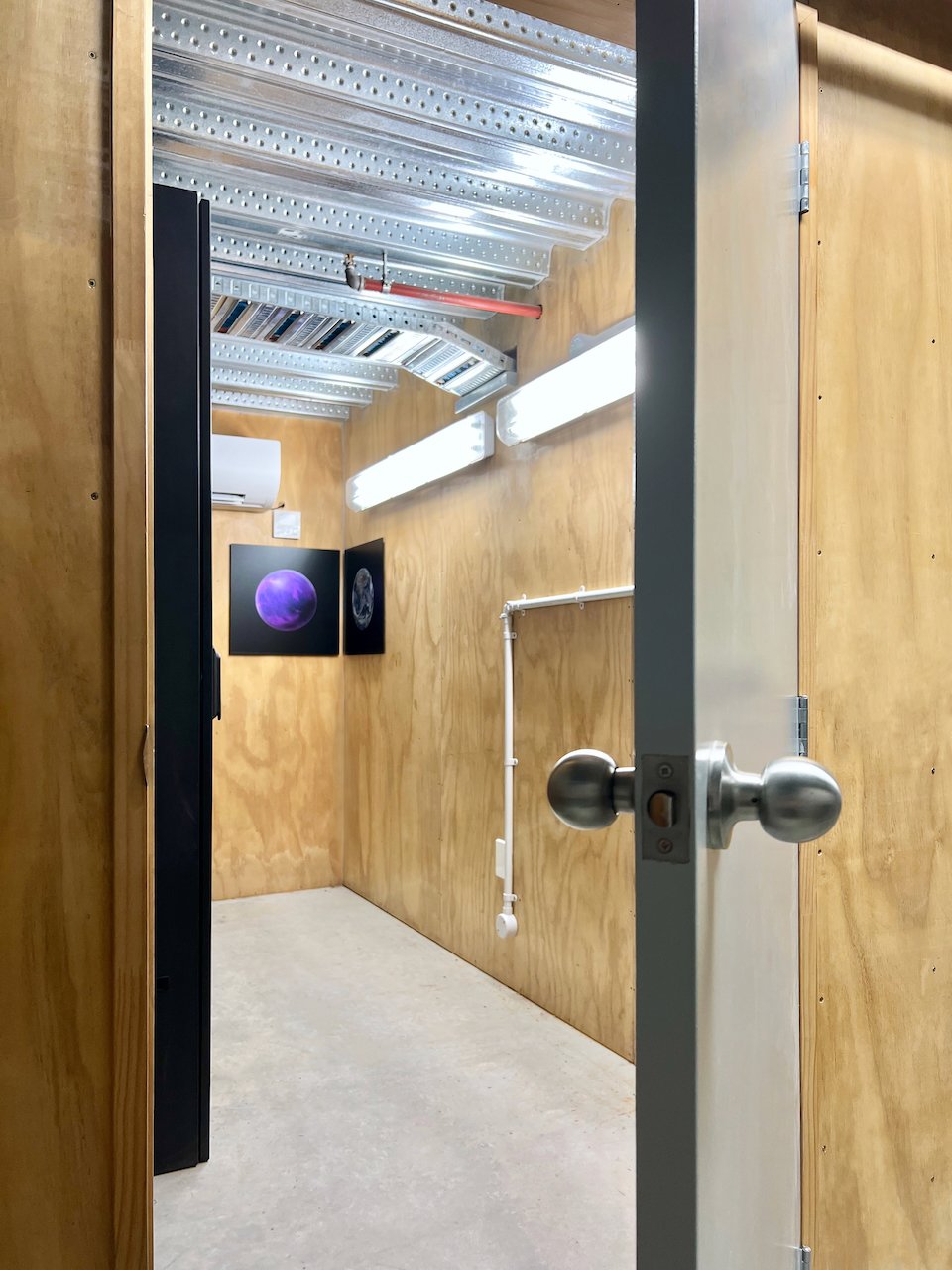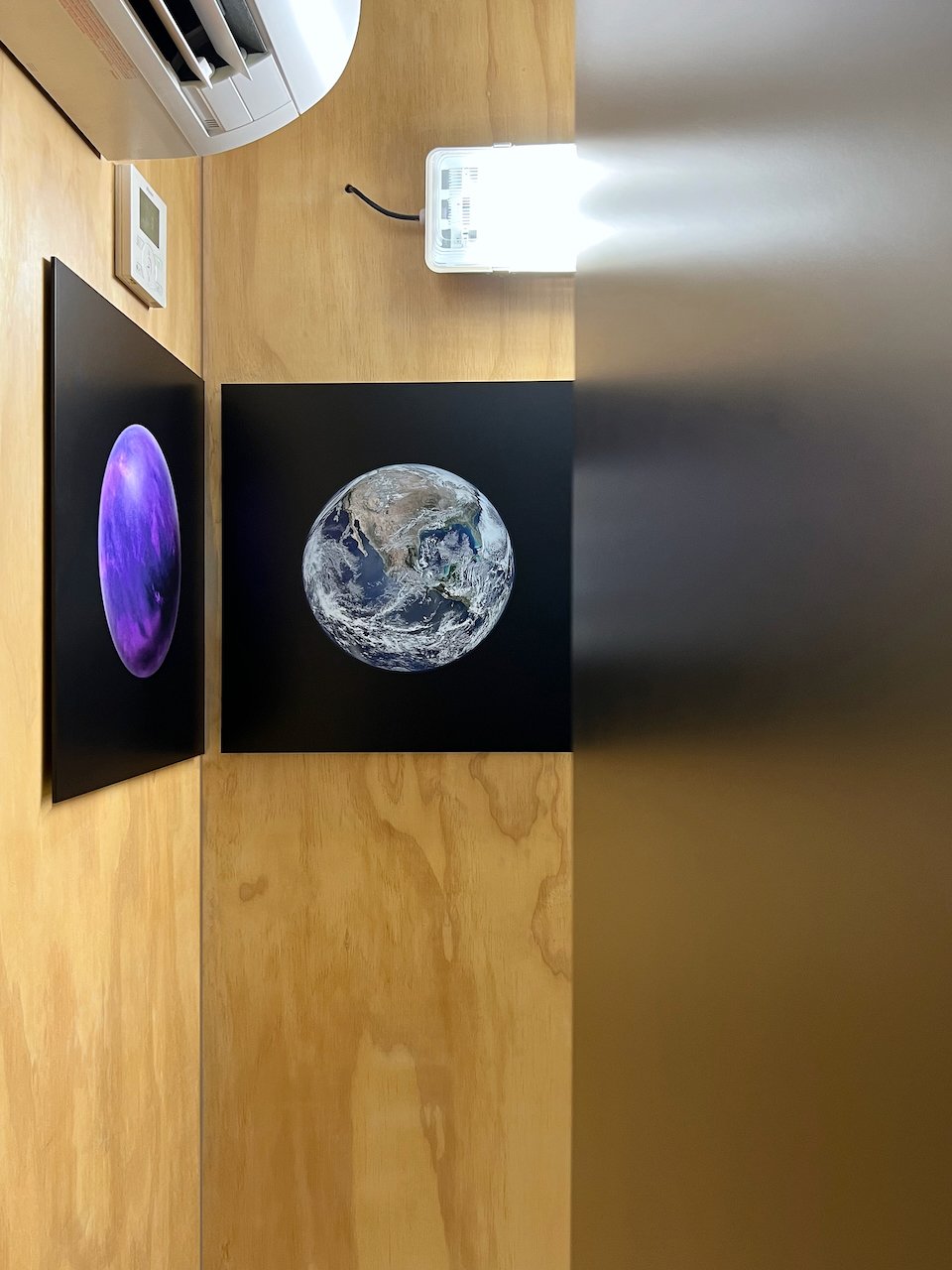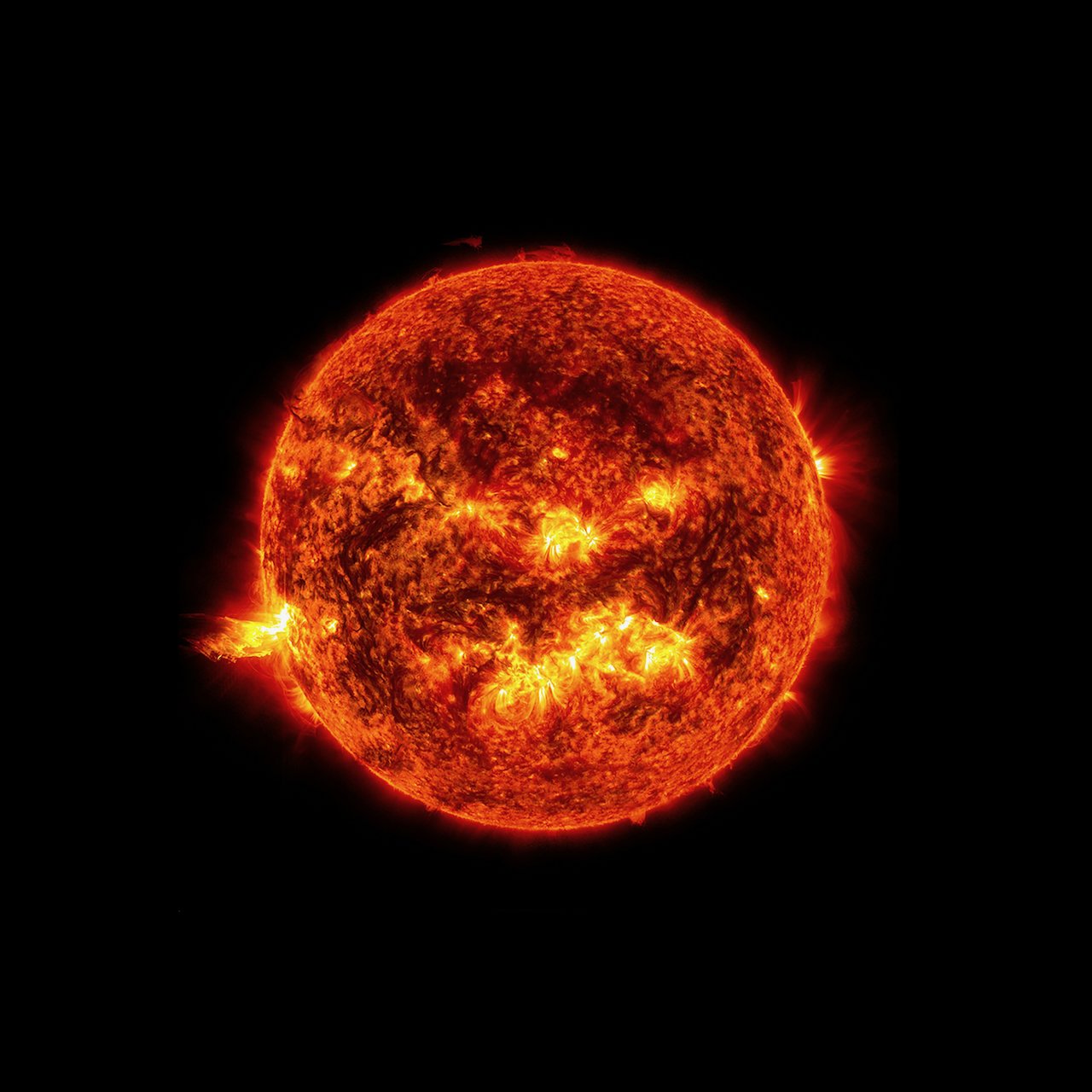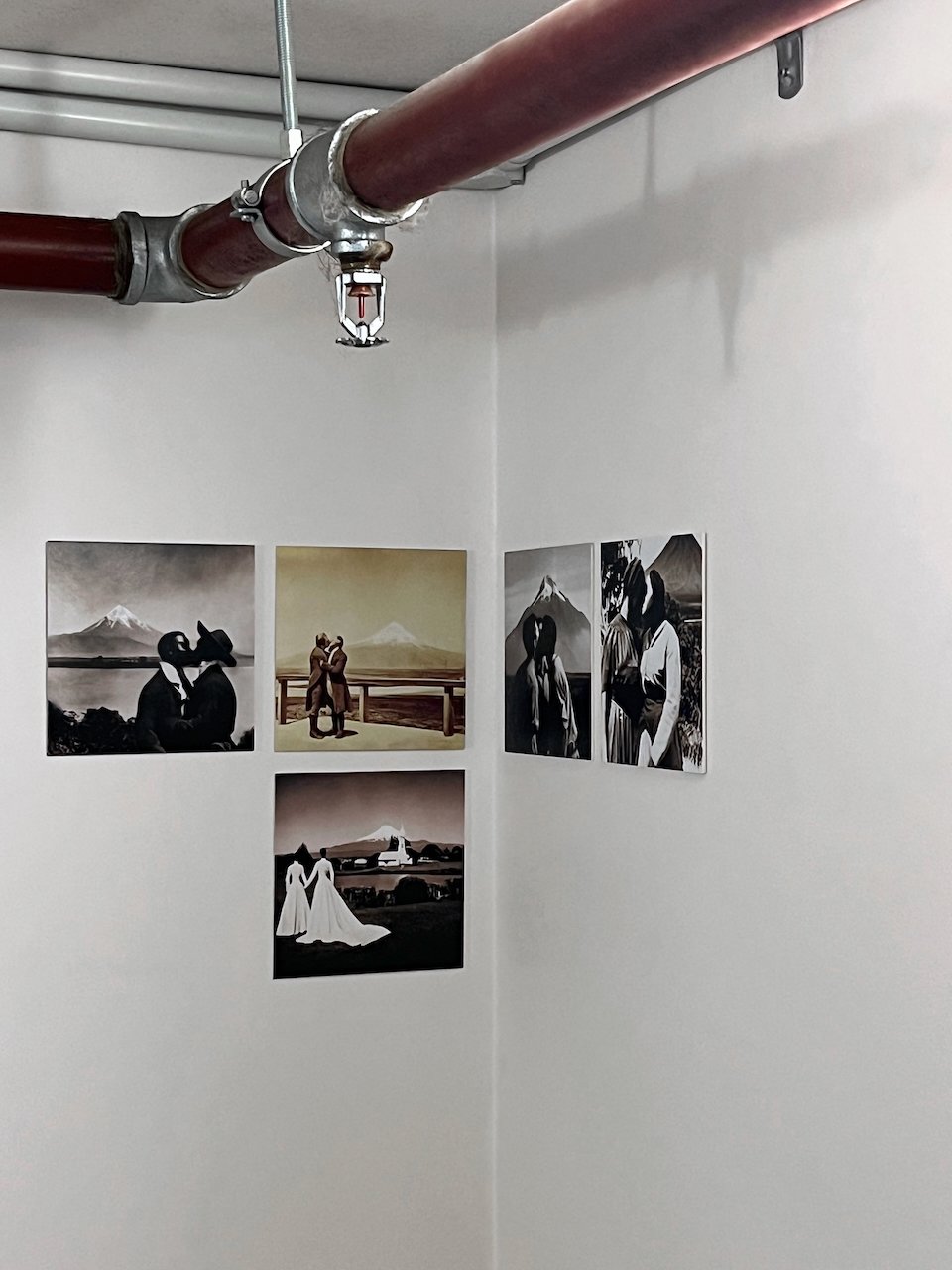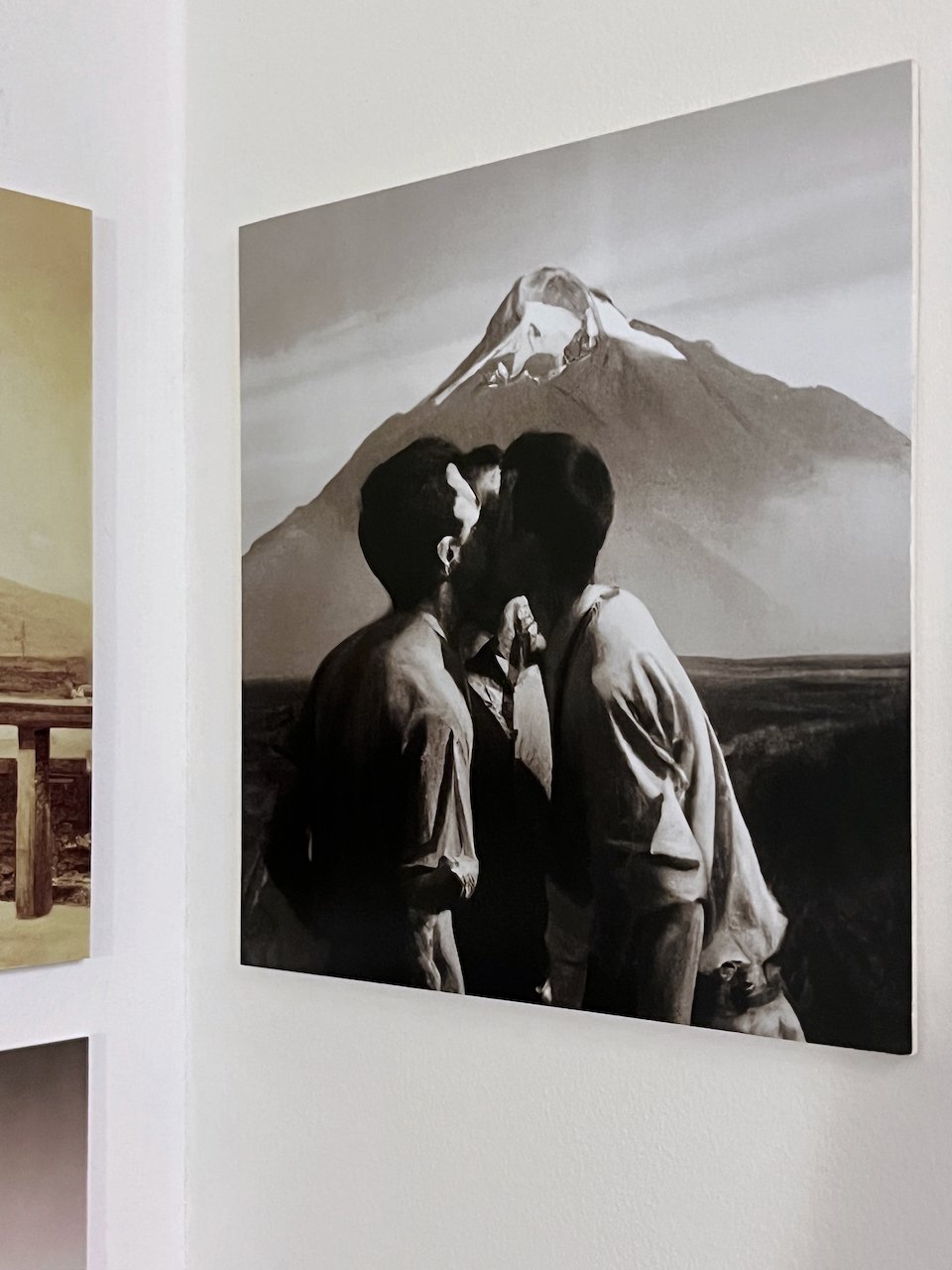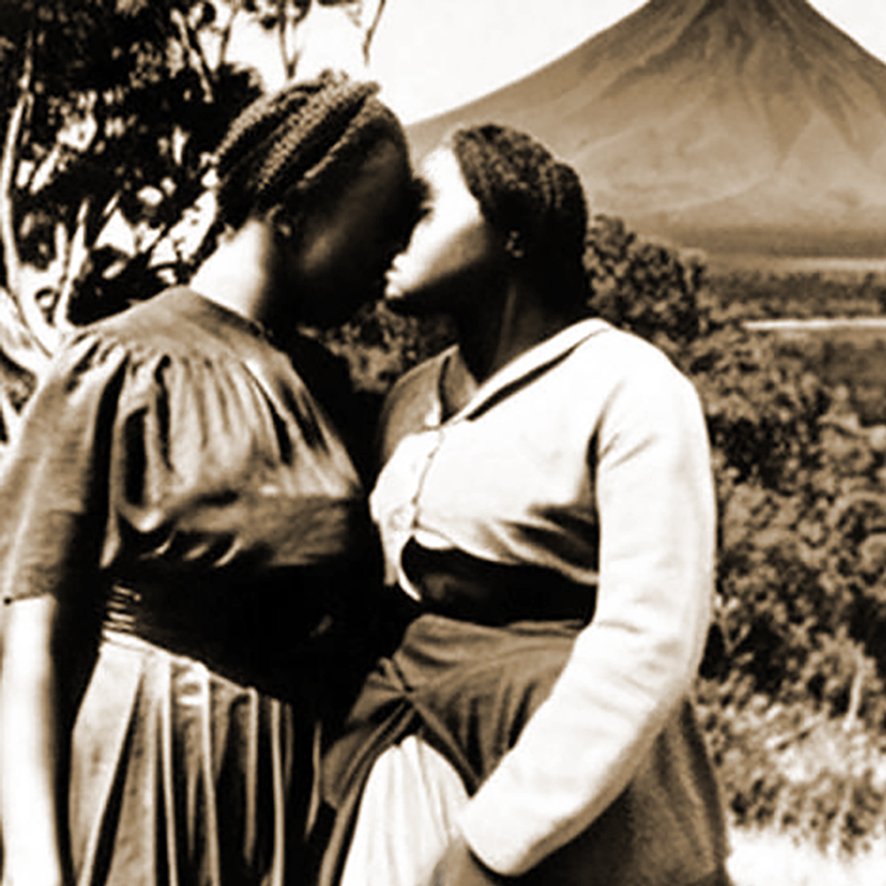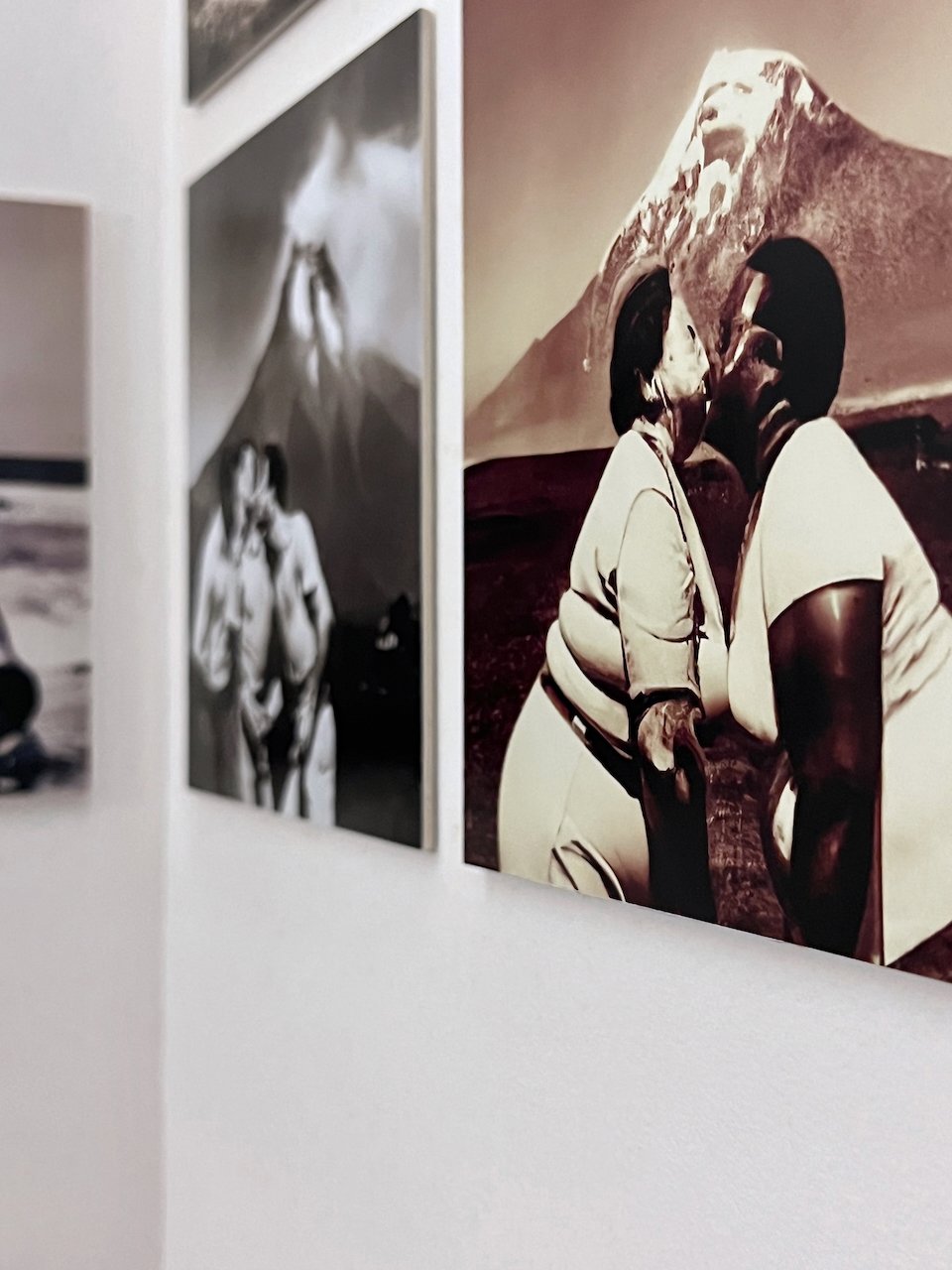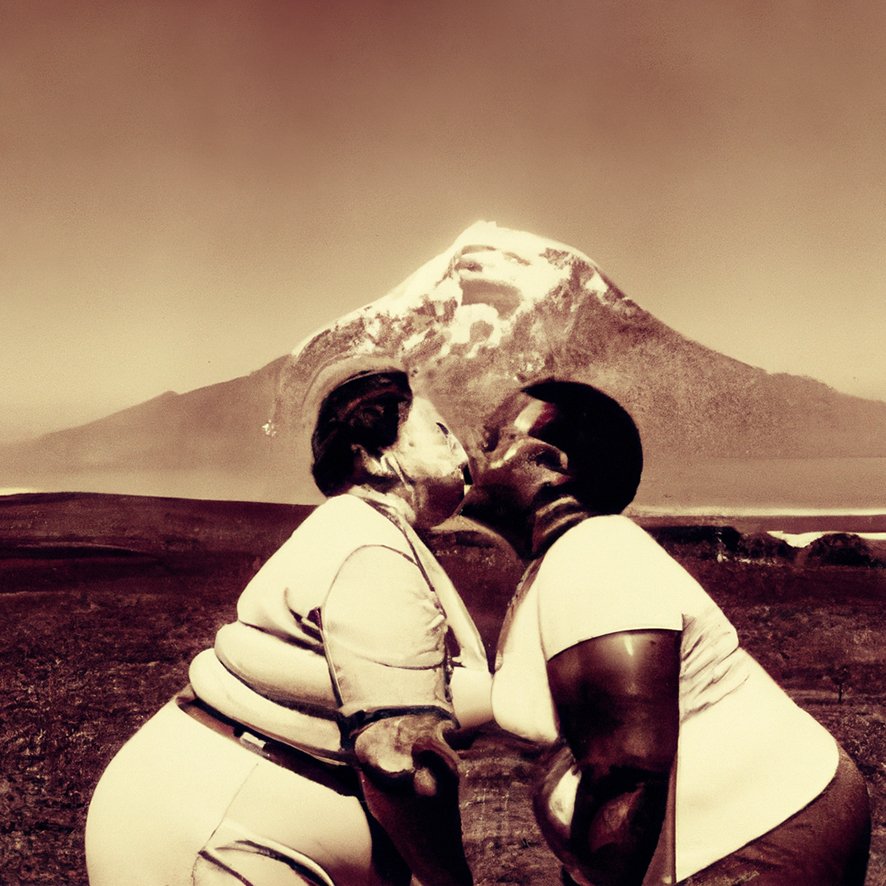parthenogenesis
Govett-Brewster Art Gallery, New Plymouth, New Zealand, 2023.
Parthenogenesis explores the birth of a new world where being queer is no issue and the challenges and opportunities raised by consumer level artificial intelligence (AI) image generators for queer communities with input from queer communities in Taranaki.
This body of work also links to Velebit, a hypothetical organisation developed by Novak that aims to grow safety in relationships between queer communities and emerging technologies. In this regard Parthenogenesis serves as a warning. What are the ethical implications of AI generated queer content?
lavanda
This work explores the act of seeking refuge from the rejection experienced in the world one physically lives in, to the peace and acceptance of a virtual or imagined world. In this instance, the focus is on Shannon Novak’s past experiences in Taranaki where he mentally escaped from the violence, bullying, and hate speech aimed at him and the LGBTQI+ communities he was part of, to a world where being queer was no issue. The work also explores disparities between how AI sees queer communities and how queer communities see themselves.
Four images are installed in the server room of the Govett-Brewster Art Gallery, a space that is not publicly accessible. The first two images rest in the back corner of the room on adjacent walls, an image of Earth provided by NASA and an image of a hypothetical world Novak would escape to called Lavanda, the Croatian word for lavender (Novak is of Croatian descent). The image of Lavanda was co-developed with artificial intelligence (AI). Novak used an AI image generator to create a base image which was further edited by Novak in a separate image editing program. The remaining two images sit in another part of the room between two servers, an image of the Sun provided by NASA and an image of a hypothetical sun Lavanda orbits co-developed using AI. The Velebit logo is installed on a server cabinet signalling the presence of AI generated content and the link to a wider project.
Earth and Sun image credit: NASA.
the blue
This work considers challenges and opportunities raised in using AI to generate queer heritage and future possibilities. Work is installed in a fire exit stairwell in the Govett-Brewster Art Gallery, a space that is not publicly accessible. The Velebit logo is installed on the main entranceway signalling the presence of AI generated content and the link to a wider project. Further in, images are installed in two separate corners depicting various scenes of same sex intimacy in front of Mount Taranaki. The images appear to be documentation of queer life from the distant past in Taranaki and were co-developed with artificial intelligence (AI). Novak used an AI image generator to create base images that were further edited by Novak in a separate image editing program. The images in the first corner appear relatively authentic in terms of the human form (i.e. the images could be real), but the images in the second corner appear more computer generated with unusually warped body parts. This reveals the varying levels of success AI had in generating seemingly authentic images including the struggle AI had with queer related content (i.e. the struggle to represent queer communities).
Further down the stairwell is a stack of three glass jars that each contain a single rock. The rocks were taken direct from the quarry attached to the New Plymouth Prison in Taranaki, a quarry men convicted for homosexual acts once worked in quarrying metal and gravel for external buyers. The sculpture generates tensions in space between what is real and what is fictitious queer heritage.
Finally, an image made of three portraits rests on a wall next to the fire exit doors. This is a collaborative work between writer Jeffrey Buchanan and Shannon Novak. Buchanan and Novak were both raised in Taranaki during different periods, both endured the intolerance and homophobia during their respective periods, and both research that history in their respective work. The collaboration explores the use of AI to help answer the question “What would our children look like?” through a queer lens. The left portrait is of Buchanan as a child in Taranaki during the 1960’s (living near the New Plymouth Prison) and the right portrait is of Novak as a child in Taranaki during the 1980’s. The middle portrait was created using an AI image generator that merged both portraits into a hybrid portrait or a potential view of Buchanan and Novak’s child if same-sex reproduction were possible.
